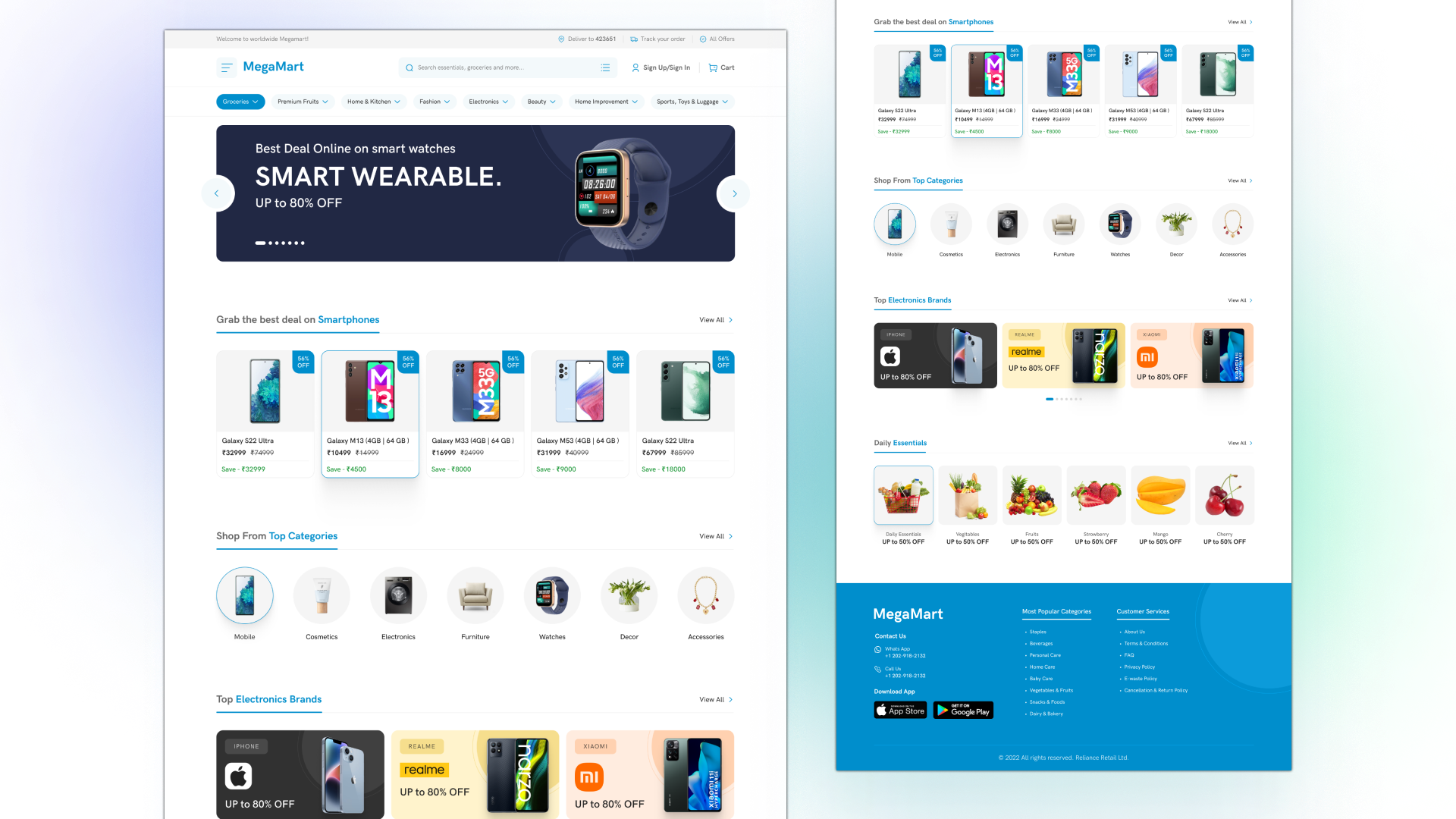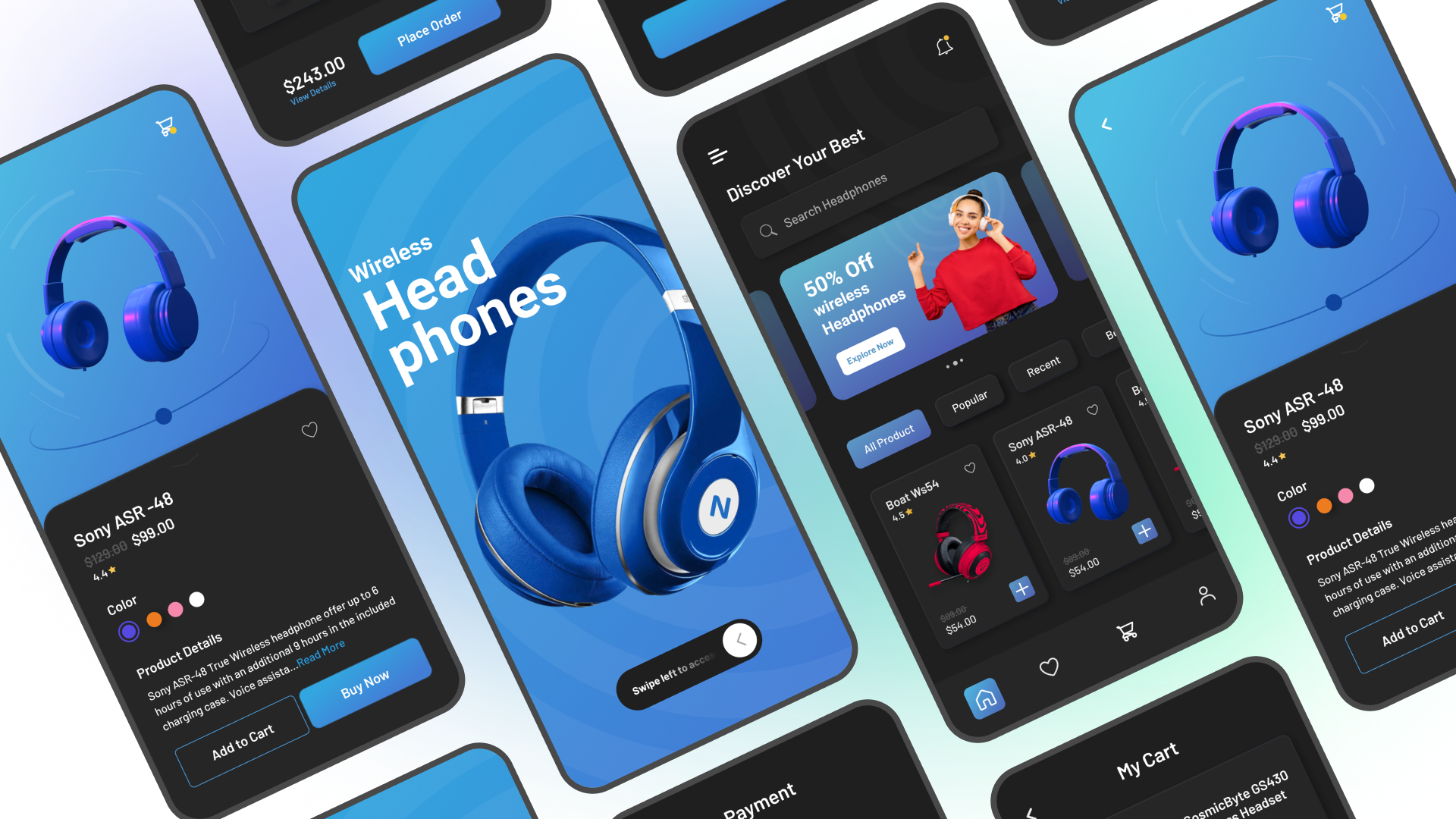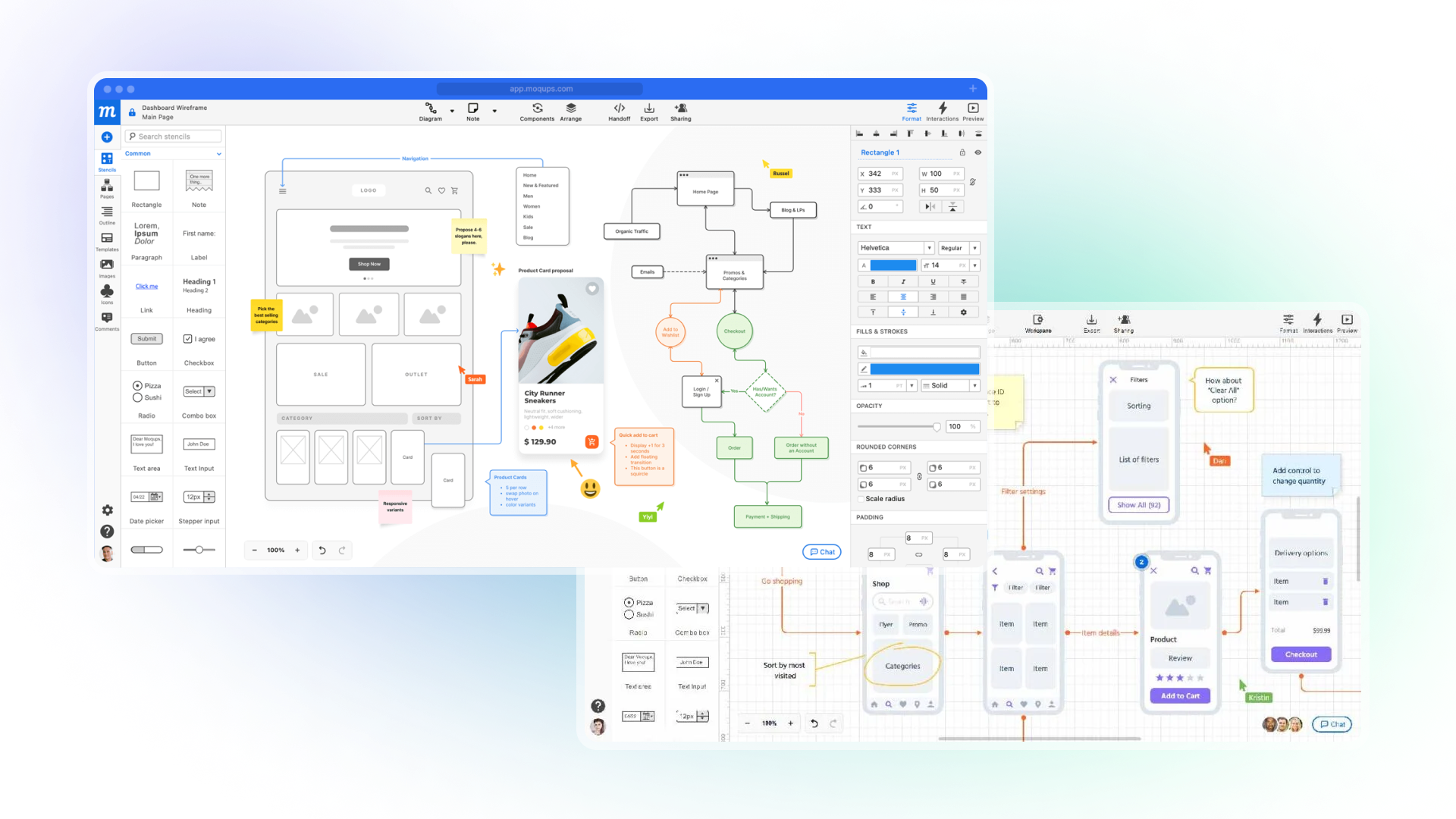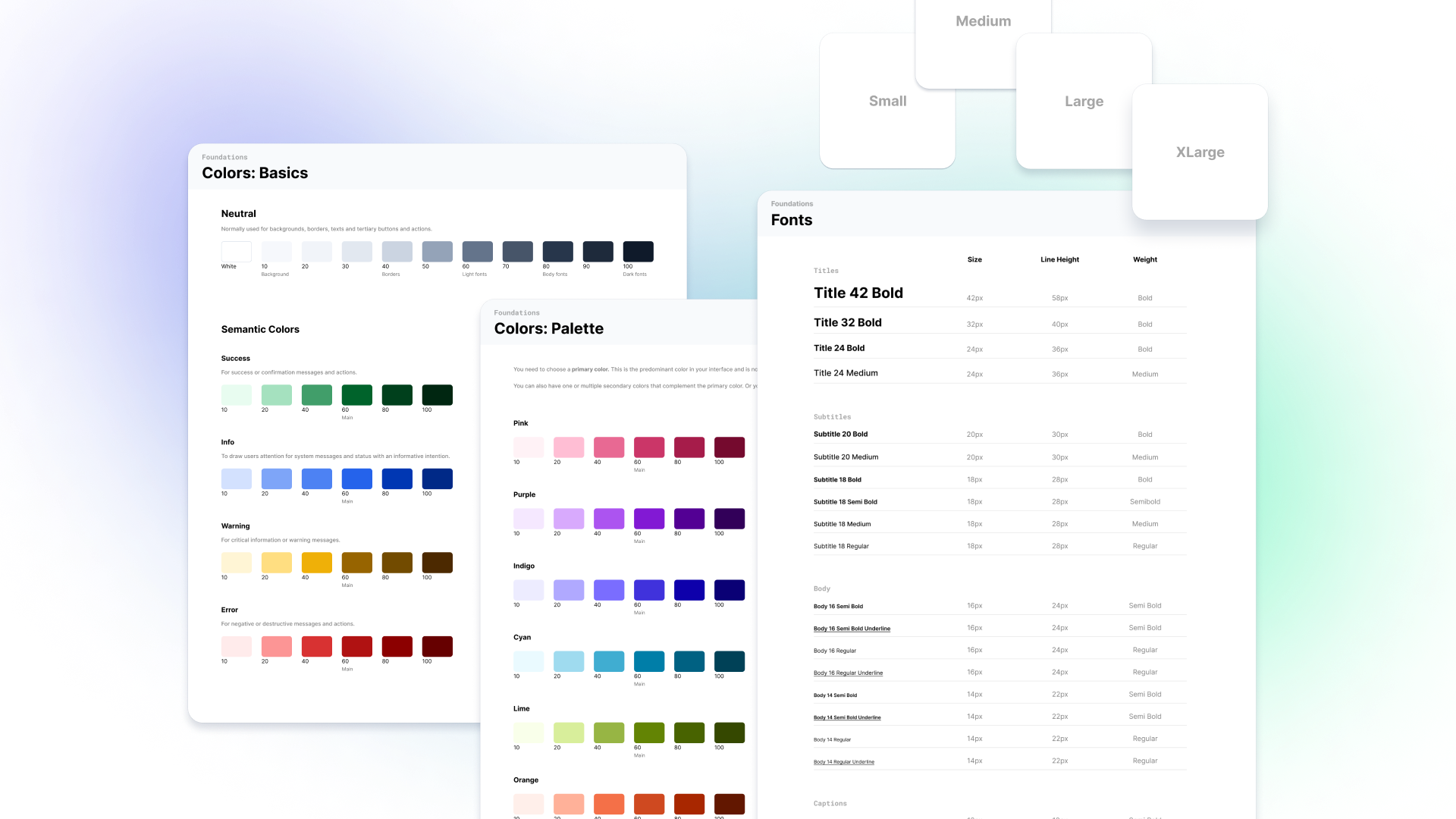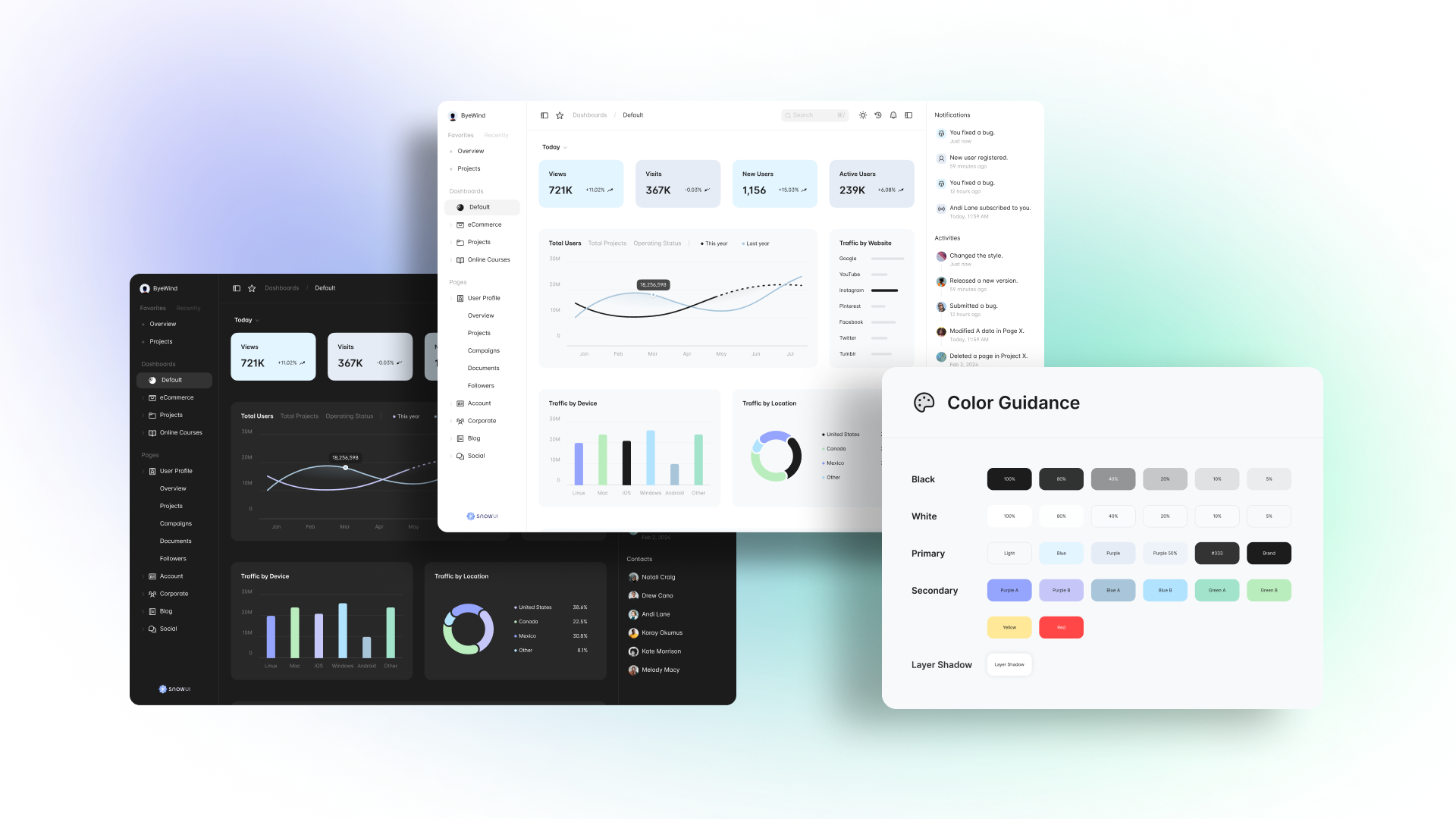









E-commerce is developing rapidly. According to recent estimates, the number of people making online purchases has reached 2.64 billion this year, and this number will continue to grow. Launching an online store gives a business not only access to this huge audience, but also many other advantages:
- The possibility of automation - you do not need to maintain a staff of sellers, monitor their work schedules, control merchandising and other issues. Up to 90% of routine work can be automated with software.
- Unlimited expansion of the assortment - if the number of products in the offline store is limited by the area of the outlet, then the online store can introduce new items almost without limit.
- Increased sales - expanding the range, having real reviews, a flexible loyalty program and 24/7 availability help multiply sales, and therefore profits.
- Accurate analytics and statistics - online, you can monitor the company's performance in real time, make faster and more accurate business decisions.
Do you want to understand how to start a successful online store? In this article, based on our own experience, we will tell you where to start, how to set priorities correctly and how to avoid common mistakes, and we will consider the popular Laravel PHP framework as the main technology for development.

I am a startup. Where to start?
If you are starting a business from scratch, first of all you need to decide on the business model in which you will work. There are several common forms of retail organization in eCommerce:
- Dropshipping . You search for buyers and forward ready leads to suppliers or product manufacturers. They, in turn, ship the product to your customer, and you receive revenue from each sale. That is, in this case, you act as an intermediary. To implement such a model, you only need a website and a good marketing strategy.
- Classic online store . You buy products from suppliers, store them in your own warehouses and sell them online. In addition to your main site, you'll likely need balance tracking tools and a customer relationship management (CRM) system to run effectively.
- Own production. This is an option for those who want to take over all processes: production, storage, marketing, sales, and more. Starting such a business will require large investments, and from the point of view of development, you will need not only an online store, but also a serious IT infrastructure capable of automating all these tasks.
Key Functionality: What modules to develop
Regardless of the chosen business model, the basis of any eCommerce project is the company's interaction with customers. We have selected a list of key features that will help you build an effective work:
- Registration. The success of an online store begins with a personal account. It allows the company to establish individual interaction with each client, organize competent loyalty programs and facilitates communication. The buyer, in turn, gets access to the purchase history, wish lists and various personal offers.
- Catalog of goods. Your site will need a search bar, as well as a sophisticated filter system that allows you to sort products by category, color, price, and other parameters. It will also be useful to implement the ability to attach various tags and relevant icons to the cards.
- Product page. The product card in most online stores has a similar structure: name, photos, price, description, reviews and delivery conditions. It is important that despite the large amount of content, this page remains simple and user-friendly, and also motivates the user to make a purchase. This task is solved by UX/UI designers.
- Selected products. Not everyone buys on the spur of the moment. Very often, users save the positions they liked in "favorites" to return to them later or wait until the price of the item on the list drops. Thus, this feature helps to increase sales.
- Payment function. Users must be able to pay for goods online. For this, payment gateways of banks and popular payment systems are connected to the site. If the customer does not complete the transaction, he can later be reminded about the "forgotten" product using a push notification.
Defining the stack: why Laravel?
Laravel is an open source PHP framework. You can use all features completely free of charge without infringing copyright. But this is not the main thing. The key advantage of the framework when creating online stores is high performance and the ability to withstand huge loads.
With a competent approach, the Laravel code is able to process thousands of server requests per second (RPS) without errors and data loss, which is very important, because eCommerce projects generate a lot of traffic. In addition, the main advantages of the framework include:
- High security. The framework provides reliable data protection against SQL injections and cross-site scripting using ORM and by shielding prohibited html tags.
- Good development speed. Laravel provides many ready-made libraries and functions that can be included in the project, and also allows you to reuse the same block of code. As a result, programmers need to perform fewer routine tasks, and the speed of releasing the project is reduced.
- Versatility. Using Laravel, you are not limited in functionality and capabilities - the project allows you to create individual solutions for any business, including in the field of e-commerce.
- Speed action. Thanks to the ability to manage caching, Laravel ensures minimal page loading speed. By the way, this parameter seriously affects the ranking of the site in search engines, which means that it will be easier for you to bring the online store to the top results.
How is the development of an online store on Laravel
Each team builds processes in its own way, so we will tell you how the development of an online store takes place in our company:
- Information collection and analysis. We study the client's request, analyze business tasks, the market situation and coordinate expectations.
- Projecting . We create a prototype of an online store, which includes mind maps and warframes of the interface, a description of functionality and block diagrams of modules. This allows you to think over the features of the project even before the start of development and make the most accurate assessment of the cost and terms of implementation.
- Design development . We create an interactive design-layout of the project taking into account current UI trends and features of the target audience.
- Technical development . We start coding and implement the server and client parts of the online store using the previously selected technological stack.
- Testing . An important stage, the purpose of which is to identify and correct bugs, errors and inconsistencies in the work of the project.
- Support and development . We help with the technical maintenance of the online store even after the release - we finalize the new functionality, optimize and improve the User Flow, fix possible problems that were not detected before.
How much time and money does it take to start a Laravel online store?
When you outsource the development of an online store , you pay for the result, so the time spent and the final cost are interconnected. Here, everything depends on the complexity of the functionality and the number of innovative features that you plan to implement.
At AVADA MEDIA, we discuss the most accurate cost and time of project implementation with each client individually, at the design stage.
Conclusion
An online store is a complex project with many functions, the launch of which requires time and serious investment. Therefore, first of all, we recommend creating an MVP - a minimum viable product. It will help test your business idea, check the feedback of the target audience and assess all possible risks. And when you are 100% sure of the success of the idea, the MVP can be developed into a full-fledged online store.
As for our team, we at AVADA MEDIA will help you avoid many problems and mistakes when developing an online store. Based on our own experience, we always give the client recommendations regarding the technical part, for example, which features should be implemented and which should be abandoned. As a result, this will allow you to save resources and bring a successful product to market quickly.















